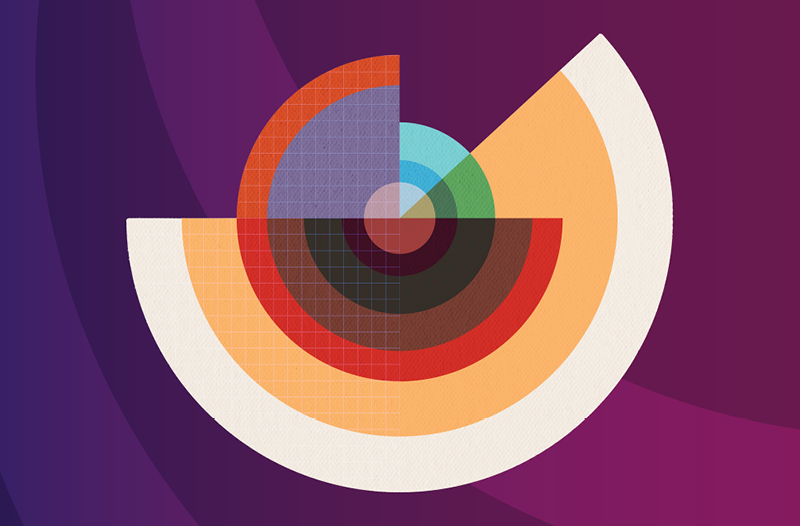

It’s not news that the healthcare model in America is in the midst of a vast transition.
Open any newspaper, publication or blog, and constant chatter about double-digit cost inflation and the shift to consumerization smacks you in the face.
It’s refreshing, actually.
After decades of focusing on employers and providers, the consumer is finally the target. Complex and frustrating patient experiences will probably never go away, but the shift from business-to-business (B2B) to business-to-consumer (B2C) is forcing the vested players to innovate solutions in order to stay in the game.
Those players, perspectives and solutions are many. Providers, payers, employers, technology vendors, wellness companies, data analytics firms—the list goes on. Some argue that the healthcare industry is too complicated for the average person to understand and properly function in, and that’s precisely part of the problem. A 2012 Deloitte survey, however, showed signs of increasing consumer engagement and informed decision making, which is one reason the system is shifting.
The new B2C model is empowering and increasingly transparent and facilitates collaboration among providers, payers and consumers. Personalized tools give end users the ability to better manage their healthcare costs and needs. While all of this is a giant step in the right direction, one note about the B2B model: B2B remains important in making decisions about cost, diversification of revenue, and data management—and I caution against completely dumping it. Let’s not forget how critical data is in helping build new products, determine direction and boost revenue streams.
For many firms, the business model doesn’t really matter. It just means more of the same—maximize value to clients, continue to drive innovation and capitalize on the opportunities that have resulted from the market disruption.
Which is why, probably as you’re reading this, the best in the business will be convening at The Council’s annual Employee Benefits Leadership Forum (EBLF) in Colorado Springs. We’re hosting more than 400 of the nation’s leading employee benefits brokers and insurance company executives over a three-day period to dissect this ever-changing landscape and the new frontier of healthcare consumerization.
The conference is an opportunity for broker and carrier partners to come together to make and maintain relationships, maximize financial and operational goals and identify new opportunities for specialization.
And the program is jam-packed. We’ll shed light on how younger generations approach healthcare and discuss how a new group business model is redefining the way primary care is provided. We’ll also explore private exchanges, the payer perspective, PPO models and many more pressing challenges facing both employers and employees in the era of consumer-directed healthcare.
I love when market forces rattle the cage. They separate the winners from everybody else and highlight which players are sophisticated enough to drive and maintain success.
Nobody really knows where healthcare is going in the future. And you know what? That’s OK, because we’ve all made a living out of managing the unknown. I wouldn’t have it any other way.




